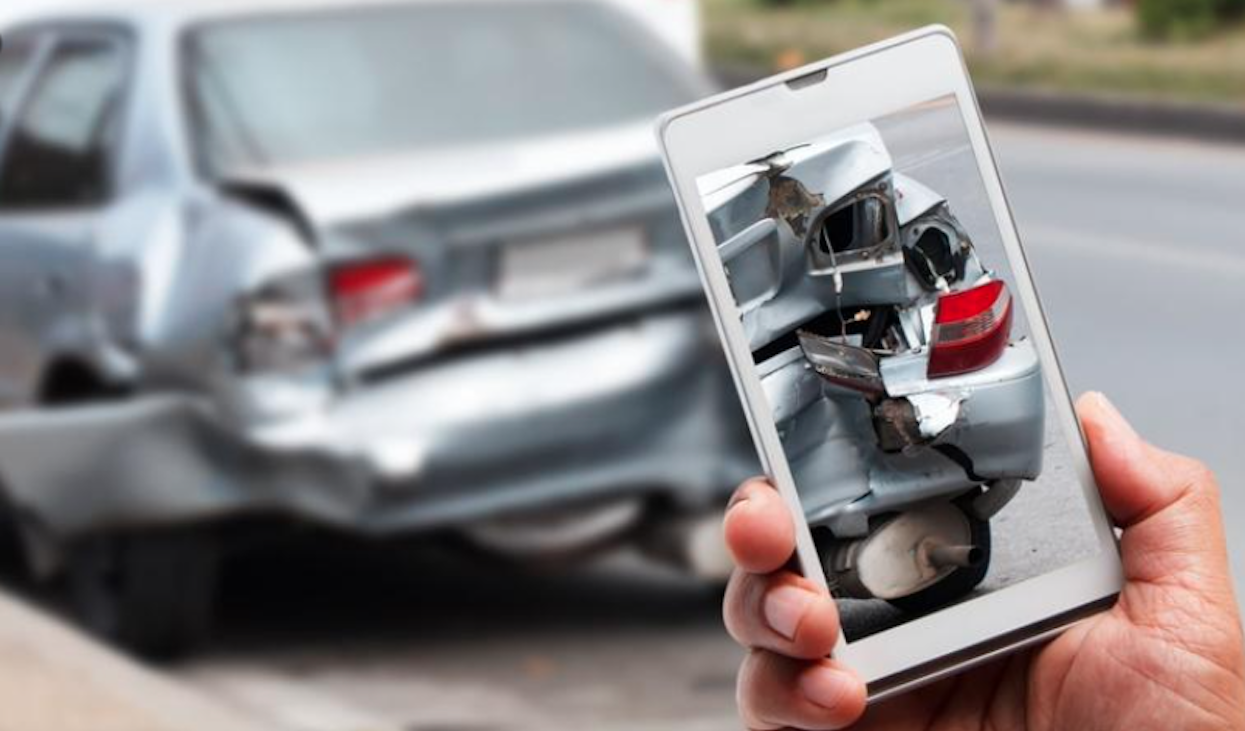Hit and run accidents are devastating, both physically and emotionally, with minimal chances to get justice. As demonstrated time and time again, reckless drivers are willing to leave a person in critical condition and flee the scene in a desperate attempt to evade the consequences for their actions. In a best-case scenario, a handful of eyewitnesses and a quick call to the police can ensure the hit and run driver is caught and brought to justice. But this isn’t always possible.
Could traffic cameras be a solution? And if so, how could they be implemented in more locations?
The Basic Idea
Cameras are becoming cheaper and more reliable. The majority of Americans own a smartphone, which typically comes with photo and video capabilities. Businesses all over the country have consistent surveillance systems, and even residential homes are increasingly outfitted with surveillance equipment to monitor their surroundings.
If we had traffic cameras monitoring major roads and intersections, they would be able to record accidents and information related to those accidents, including the license plates of the offending driver, and ensure that all hit and run accidents end in justice.
The Issues
While this sounds like a great solution on paper, there are several problems with this approach:
- Many existing traffic cameras don’t record. For starters, most existing traffic cameras aren’t equipped to record and store video data. They transmit a live feed of traffic for ongoing monitoring purposes, or are “red light” cameras designed only to capture a photo with information if and when someone runs a red light.
- Getting footage from traffic cameras can prove difficult. Even if there’s a traffic camera recording footage and storing it, that doesn’t mean you’ll be able to get access to it. In many cases, you’ll have to hire a lawyer and file a formal request under the Freedom of Information Act to get a chance at finding the footage of your hit and run accident – a process that can cost hundreds to thousands of dollars.
- Privacy can be violated. Proponents of privacy often argue that traffic cameras violate our basic rights to human privacy. Cameras constantly recording a given intersection wouldn’t just be capturing information on vehicles committing crimes, but instead would be monitoring nearly all drivers at all times. Add to that the fact that there’s no audit trail of the records being stored and/or deleted.
- Traffic cameras are expensive. Even though cameras have gotten cheaper over the years, and it’s possible to buy a personal camera for even a small sum, it would still be ridiculously expensive to outfit our cities with traffic cameras at every intersection. We’d either end up with major blind spots throughout each city or a massive bill to equip every street and crossing with a camera.
- Footage isn’t always sufficient evidence. Video footage remains a strong piece of evidence in most cases, but it may not be enough to prove that someone was responsible for a hit and run accident. For example, the footage may not show everything leading up to the accident; it may be plausible that the accident was caused by an unseen third variable. Additionally, the camera may effectively record the license plates of the offending vehicle, but would it be able to positively ID the driver behind the wheel?
The Alternatives
As it stands, traffic cameras aren’t a reliable way to reduce the frequency and severity of hit and run accidents, nor are they a guaranteed way to get justice for the accidents that do occur. Accordingly, it’s on you to be proactive and take precautions to protect yourself from damages.
For example, you can:
- Install a dash cam. One of the best things you can do is invest in a dash cam for your own vehicle (or two – one facing forward and one facing the rear). This will record your activity and serve as good evidence if you’re ever hit by a driver who flees the scene.
- Check your insurance policy. Double check your car insurance policy. Are you covered in event of a hit and run accident? How much coverage do you have?
- Know what to do after a hit and run. Be prepared to respond appropriately to a hit and run accident. Don’t follow the other driver, get to safety immediately, get photos and videos if you can, and collect eyewitness testimonies if available.
Traffic cameras may seem like a surefire way to protect against the possibility of hit and run accidents, but in their current state, they don’t have the potential to fully resolve this issue. If you want to better protect yourself, you’re better off investing in your own dash cam, a robust insurance policy, and the knowledge of how to handle such an accident if it ever happens to you.


